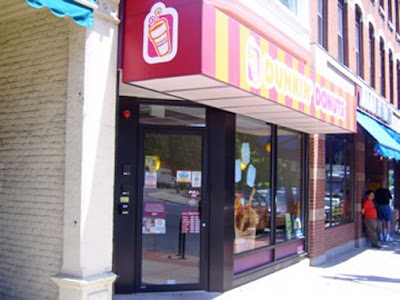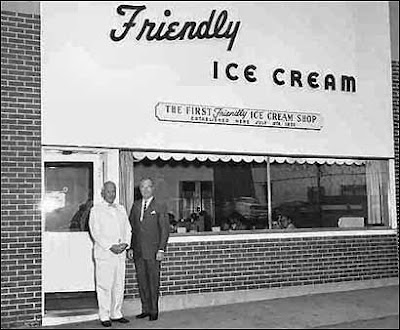I came upon this asparagus stand on Route Nine last week, the first I've seen this year.

Did you know that our Valley was once one of the foremost producers of asparagus in the nation? Here's the history:
The asparagus harvest is a rite of spring in Hadley and a handful of other towns, including Hatfield, Sunderland, and Whately, along the Connecticut River in western Massachusetts. From the 1930s through the 1970s, this area, blessed with a deep layer of sandy loam—the sediment of a glacial lake that once covered the valley—was one of America's premier asparagus-growing regions. In this fertile soil, the vegetable—and especially the standard Mary Washington variety—thrived as it did nowhere else, sending down strong roots and often producing for 30 years or more. And the combination of the rich soil and cool New England climate yielded spears of incomparable sweetness.
Hadley "grass"—as the crop is still called in these parts (it's short for "sparrow grass," a corruption of asparagus popular in the 17th and 18th centuries)—was once a mainstay of the local economy and an important source of community spirit. (Hadley got top billing because most Massachusetts asparagus was grown here, and it was reputed to be the finest.) During the annual harvest in May and June, townsfolk young and old would join forces to help pick, sort, trim, and bunch a total of about 50 tons (that's a couple of million spears) of the vegetable by hand each day. The asparagus was then trucked to Boston and by the following morning was in markets and restaurants throughout the Northeast, sporting colorful labels proclaiming its origin. It was also said to be a prized export, served at restaurants in Paris and Germany and at Queen Elizabeth II's annual spring feast in England.
But where once several hundred small, family-owned farms in the valley grew asparagus, there are now only a handful, and the road signs that read Welcome to Hadley—Asparagus Capital of the World are long gone. In the mid-1970s, a soil-borne fungus known as Fusarium attacked and destroyed the seemingly inexhaustible Mary Washingtons. Production plummeted, and field after field was plowed under. Some determined growers, including Wally Hibbard of Hibbard Farm in North Hadley, kept the crop in production and eventually replanted newer, disease-resistant hybrids, but this investment proved too expensive and time-consuming for most. Many farmers focused on potatoes, corn, tobacco, or onions instead; others stopped farming altogether. Nowadays, total production is barely a tenth of what it used to be, and what little asparagus is still grown is sold almost exclusively in the area, at farm stands and small markets
The stand on Route Nine had the asparagus standing in pans of water to keep it totally fresh.

Personally, I don't think asparagus tastes like much, but it is very healthy for you. It is especially known for enhancing the virility of men. So boys, before that big romantic night, chow down on some asparagus.
Finally, here is a TV show that might go over good in Northampton.
















































